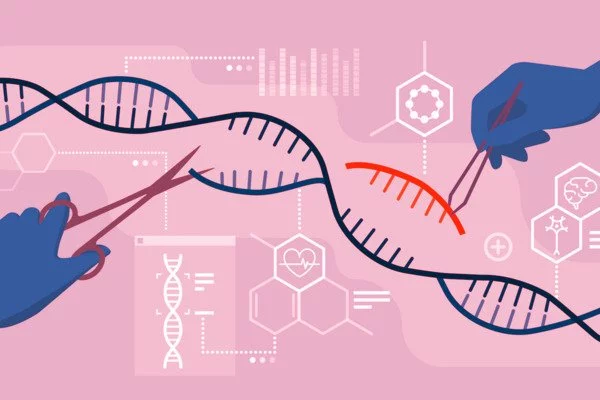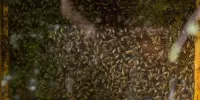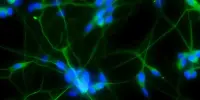Fanflow4Insects is a work-flow method developed by researchers that annotates gene functions in insects. Scientists use functional annotation to learn about the biological identity of a gene. The new method developed by the team makes use of transcribed sequence information as well as genome and protein sequence databases. The team used Fanflow4Insects to annotate the functional information of the Japanese stick insect and silkworm, including gene expression and sequence analysis. Their workflow’s functional annotation information will greatly expand the possibilities for entomological research using genome editing.
Genome sequencing, in which scientists use laboratory methods to determine the genetic makeup of a specific organism, is becoming more common in insect research. A better understanding of insect biology enables scientists to better manage insects that are beneficial to the ecosystem as well as those that harm the food supply and endanger human health by carrying diseases.
Fanflow4Insects is a work-flow method developed by researchers that annotates gene functions in insects. Scientists use functional annotation to learn about the biological identity of a gene. The new method developed by the team makes use of transcribed sequence information as well as genome and protein sequence databases. The team used Fanflow4Insects to annotate the functional information of the Japanese stick insect and silkworm, including gene expression and sequence analysis. Their workflow’s functional annotation information will greatly expand the possibilities for entomological research using genome editing.
Using Fanflow4Insects, we are going to annotate insects that produce useful substances. The ultimate goal of this study is to make it possible to design molecular networks in insects using computer simulation.
Hidemasa Bono
The team, with scientists from Hiroshima University, Tokyo University of Agriculture and Technology, and RIKEN Center for Integrative Medical Sciences, has published their Fanflow4Insects method in the journal Insects.
Because insects are so diverse and abundant, scientists require a method to study them on a large scale. This is what prompted scientists to start working on sequencing insect genomes. Scientists had decoded and registered the genomes of approximately 3000 insect species as of May 2022. They are also using long-read sequencing technology to speed up the sequencing of insect genomes.
Next-generation sequencing has made it easier for researchers to decode the genomes and transcript sequences of numerous insects. The biological interpretation of these sequences, however, remains a major bottleneck in transcriptome analysis. The transcriptome is the total number of RNA molecules in an organism. Transcriptome analysis is an important first step in functional annotation, which serves as an important clue for selecting genome editing targets.

Because some insects’ genomes are larger than the human genome, the difficult process of whole-genome sequencing is made even more difficult. As a result, scientists are using transcriptome sequencing in conjunction with next-generation sequencing technology, also known as RNA sequencing, to evaluate large genome-size insects.
By assembling tens of millions of reads, scientists can efficiently identify tens of thousands of possible genes in a specific tissue using this powerful tool. The gene sequences are then assembled into transcriptional units for identification. However, this type of analysis is dependent on scientists having access to large datasets with functional annotation. Databases do exist, but they are unable to keep up with the increased sequencing of insect genomes.
As transcriptome analysis becomes more popular, many research groups are running their own pipelines, with information about transcription units from various studies reported study by study. These pipelines are collections of algorithms that are used to process genome sequencing data. However, scientists require a method to integrate functional annotation from all of the different groups conducting this type of research into public databases.
In this current study, the research team used their newly developed Fanflow4Insects to create a functional annotation pipeline for the silkworm. Then the researchers also tested Fanflow4Insects for the transcriptomes of the Japanese stick insect.
“Once the genome or transcriptome of the target organism has been decoded, functional annotation is one of the most important processes for accelerating the selection of target genes. The functional annotation data obtained by the Fanflow4Insects workflow will significantly expand the possibilities for entomological research using genome editing” Hidemasa Bono, the paper’s first and corresponding author, is a professor at Hiroshima University’s Graduate School of Integrated Sciences for Life.
The Fanflow4Insects workflow for insects has been openly developed on GitHub, and is freely accessible. In conjunction with the functional annotation derived from expression, the data from Fanflow4Insects can be applied to the comparative study of insects with distinct phenotypes. “Using Fanflow4Insects, we are going to annotate insects that produce useful substances. The ultimate goal of this study is to make it possible to design molecular networks in insects using computer simulation,” said Bono.
















